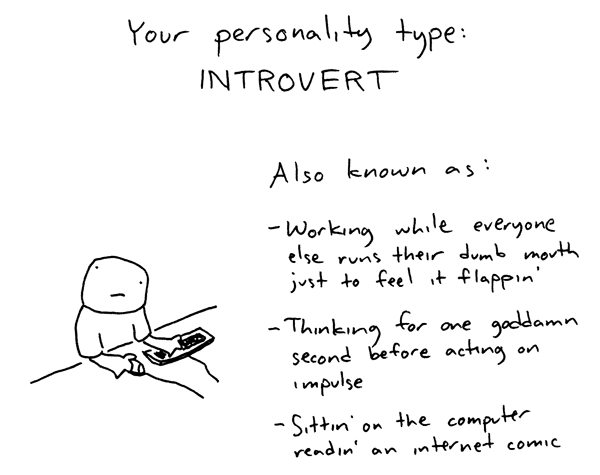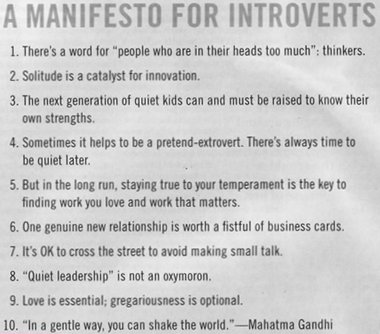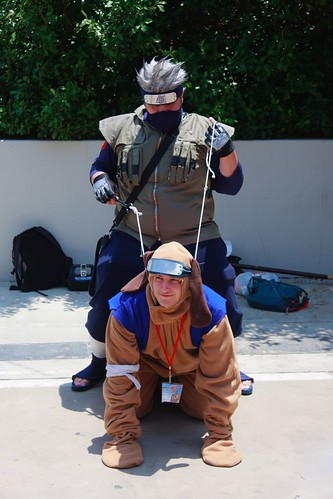Are you going to be in Seattle next month? High school psychology will be well represented at the upcoming
National Council for the Social Studies (NCSS) Conference November 16-18. In the list at the bottom of this post you will an amazing lineup of presentations that will be given, with several by THSP moderators (including yours truly).
 |
| Dr. Eric Chudler |
One highlight of the NCSS Conference for me will be that the NCSS
Psychology Community has arranged to have Dr. Eric Chudler as a speaker.
As I hope you all know, Dr. Chudler created the
Neuroscience for Kids site which is a terrific resource for students of all ages. His talk,
"Neuroscience for Kids: Brain Science in the Classroom,” will be
Saturday, November 17 at 2:30 pm (PT).
Psychology is well-represented at NCSS this year but it hasn't always been so. The hardworking leaders of the NCSS Psychology Community - including Daria Schaffeld, Jen Schlicht, Sejal Schullo and Joe Geiger - have done a great job in promoting psychology at NCSS. We appreciate their efforts!
One final note for all those attending: there will be a reception for high school psychology teachers from 7-8:30 pm on Saturday night that's co-sponsored by APA/TOPSS and the NCSS Psychology Community. Come join us! More on that event
here.
Here are the #NCSS12 presentations for high school psychology teachers - you can also download this list as a Word document
here.
Friday
9:00-10:00
Psychology Test Banks: Not just for tests any more! (Rob McEntarffer)
10:15-11:15
Psychology & Social Justice: Activities to Promote Excellence to Equity (Amy Fineburg)
1:15-2:15
Interpreting Historical Events Through the Lens of Psychological Science (Kent Korek/Maureen McCarthy)
Poster: Folded but Not Mutilated: Teaching AP Psychology in One Semester (Beth Scully)
2:15-3:45 House of Delegates Registration Washington State Convention Center Ballroom 6E
2:30-3:30
Psychology: A Window Into the Mind & Behavior (Randy Ernst/Charlie Blair-Broeker)
3:45-5:45 House of Delegates 1st Session Washington State Convention Center Ballroom 6E
3:45-4:45
Connecting Psychology and Sociology Classes Across State Lines (Allison Shaver/Heather Kilgallon)
Poster: Opening Wider a Smaller Window: Teaching Psych in One Semester (Amy Malin)
5:00-6:00
Integrating Literacy and Technology into a Psych Classroom (Maura Gavin)
Saturday8:00-10:30 House of Delegates 2nd Session Washington State Convention Center Ballroom 6E
8:00-9:00
My PSYCH Study (Matthew Ferguson)
9:15-10:15
Windows to Your Future: Psych Concepts to Strengthen Character (Catherine Jaquith)
Poster: Fun with Freud: Lessons to Instruct Personality Theory (Sean Tischler)
10:30-11:30
Not Tacked On: Effectively Incorporating Diversity in Introductory Psych (Steve Jones)
2:30-3:30
NCSS Psych Community Scholar Strand – Dr. Chudler
3:45-4:45
NCSS Psychology Community Meeting
5:00-6:00
Using Books, Podcasts and Research to Support your Psych Curriculum (Dobkin)
Evening: 7:00-8:30 Social with APA/TOPSS & the NCSS Psychology Community
--posted by Steve






















.jpeg)













